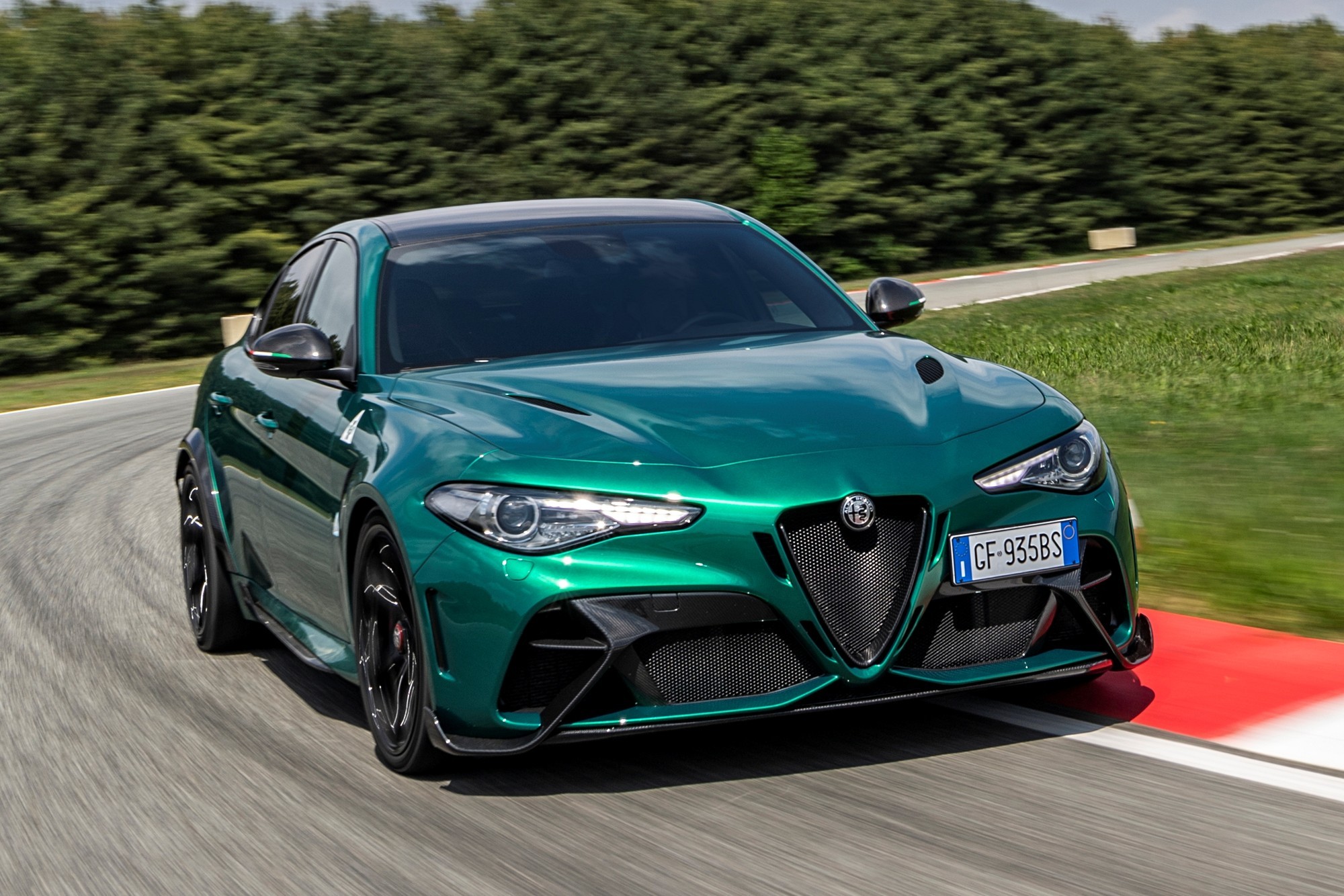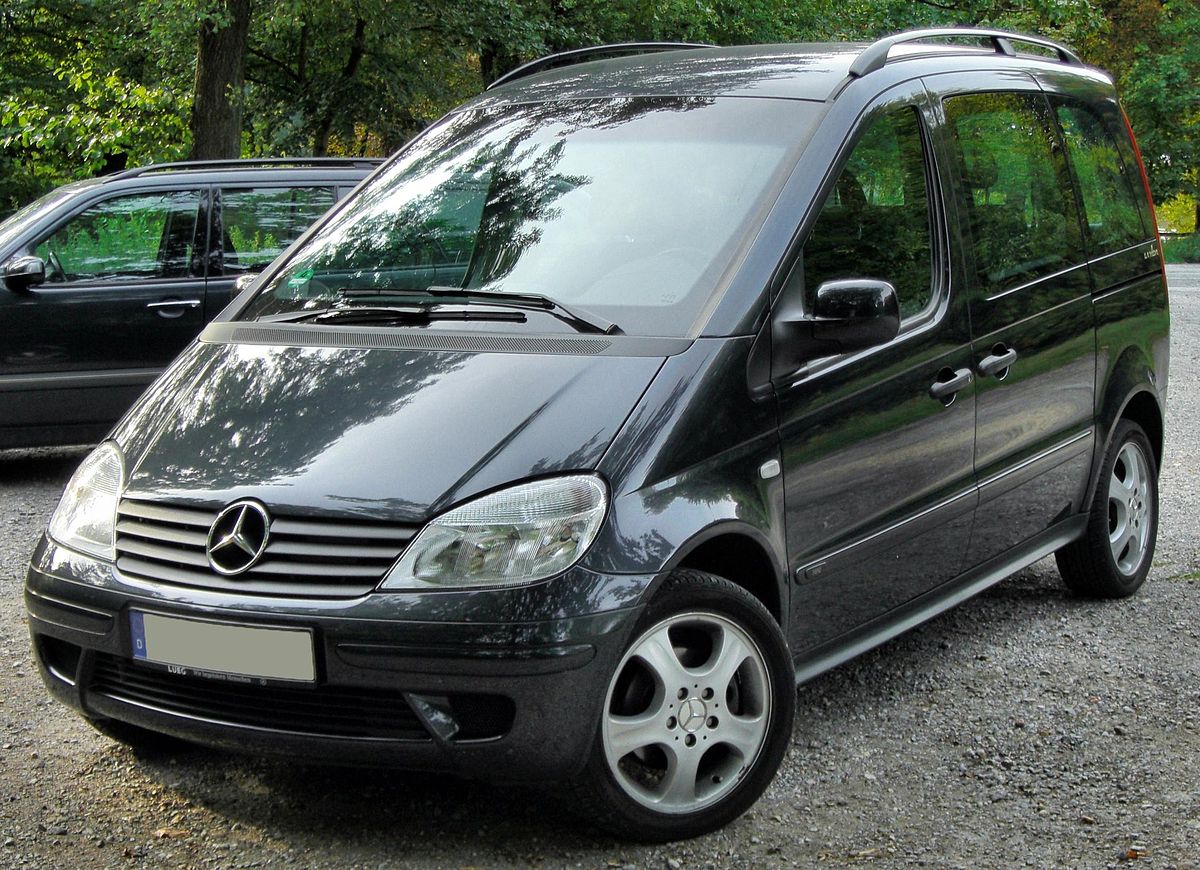
Alfa Romeo and its power plant, which is superior to four-wheel drive versions
When comparing commercially available XNUMXWDs or XNUMXWDs, the latter almost always win. Only models of one manufacturer - Alfa Romeo - are fighting an equal fight.
Cars with all-wheel drive, in addition to undoubted advantages, such as excellent traction and great active safety, also have disadvantages. This is incl. restriction on the size of the trunk (in the VW Golf, the trunk was reduced from 350 to 275 liters) due to the fact that the floor is higher for mounting the rear axle final drive, the deterioration of some properties and a significant increase in fuel consumption. It is also important that the floor slab already at the design stage should take into account the possible all-wheel drive, which increases the cost of both single- and two-axle versions. Alfa Romeo designers tried to change it. Instead of dealing with additional equipment required to transfer the drive to the second axle, the focus was on improving the existing transmission design in order to provide - without changing the size of the cabin - traction and active safety, like in an all-wheel drive car. automobile. Several directions of development have been identified.
Electronic system Q2
When cornering, it often happens that we lose grip on the inside wheel. This is the result of centrifugal force trying to "lift" the car off the road by unloading the inside wheel. Because a traditional diff sends torque to both wheels and tends to send more torque to the wheel with less friction… the problem begins. Applying excessive torque to a wheel with less traction will result in inside wheel slip, loss of vehicle control (high understeer), and no acceleration out of a corner. This should be limited by the ASR stabilization system, whose intervention causes a decrease in engine torque and the brakes that hold the wheel are applied. However, in this case, the reaction to pressing the accelerator pedal will be slow. The solution proposed by Alfa Romeo engineers is based on the use of a braking system that, when properly controlled by the VDC (Vehicle Dynamic Control) control unit, makes the car behave like a self-locking differential.
As soon as the inner wheel loses traction, more torque is transferred to the outer wheel, which reduces understeer, the car becomes more stable and turns faster. It also delays the intervention of the driving controls for a smoother ride and better traction when exiting a corner.
DST (Dynamic Steering Torque)
The next step in "electronic driving assistance" is the DST (Dynamic Steering Torque) system, which automatically corrects and controls oversteer on low-grip surfaces. All thanks to the constant interaction between the electric power steering (which creates torque on the steering wheel) and the dynamic control system (VDC). The electric steering offers the driver the right maneuver in all conditions, providing the driver with good traction and a sense of safety. It also automatically makes adjustments to help maintain control of the vehicle and makes VDC intervention more subtle.
DST is especially useful in oversteer situations, helping you to maneuver while maintaining control of your vehicle in all conditions. Moreover, on surfaces with different grip (for example, when two wheels are on ice and two on asphalt in winter), the DST system allows you to automatically steer, preventing the car from turning. Also, in sporty driving, as soon as the system detects a greater lateral acceleration (greater than 0,6g), the system intervenes to increase the steering torque. This allows the driver to control the car when cornering, especially at high speeds.
Alpha DNA
The greatest innovation, technologically ahead of the competition and making Alfa Romeo cars stick to the road in all conditions, is the Alfa DNA system.
The system - until recently only available for racing cars - affects the engine, brakes, steering, suspension and transmission, allowing three different modes of behavior of the car depending on the style most suitable for the conditions and needs of the driver: sporty (dynamic), urban ( Normal) and full safety mode even with weak grip (All Weather).
The desired driving conditions are selected using a selector located on the side of the gear lever on the center tunnel. For those who want a smooth and safe ride, in normal mode, all elements are in their usual settings: engine dynamics and - soft twist corrections - VDC and DST to prevent oversteer. However, if the driver prefers a sportier ride, the lever is moved to Dynamic mode, and the activation time of the VDC and ASR systems is reduced and the Electronic Q2 system is activated at the same time. In this mode, the DNA also affects the steering (the power steering is smaller, giving the driver a more sporty feel, giving the driver full control) and the speed of reaction to pressing the accelerator pedal.
When the selector is in All Weather mode, the Alfa DNA system makes it easier to drive the car even on low-grip surfaces (such as wet or snowy ones) by lowering the VDC threshold.
Thus, without reducing the luggage compartment, without increasing the weight of the car and significantly increasing fuel consumption, all the advantages of an all-wheel drive car were achieved. The advantages of the model will be felt both in fast sports driving (DNA and Q2 system) and in the worst grip (rain, snow, icy conditions).
Probably, many look at this decision with a grain of salt, but the same opinion was with the cameras a few years ago. Only a “reflex camera” was taken into account, and compact models were a replacement for a real solution. DSLRs are now mostly for professionals, and the "all-around compacts that help people" section is appreciated by the vast majority. Probably, in a few years, the DNA system will be appreciated by many drivers. …
